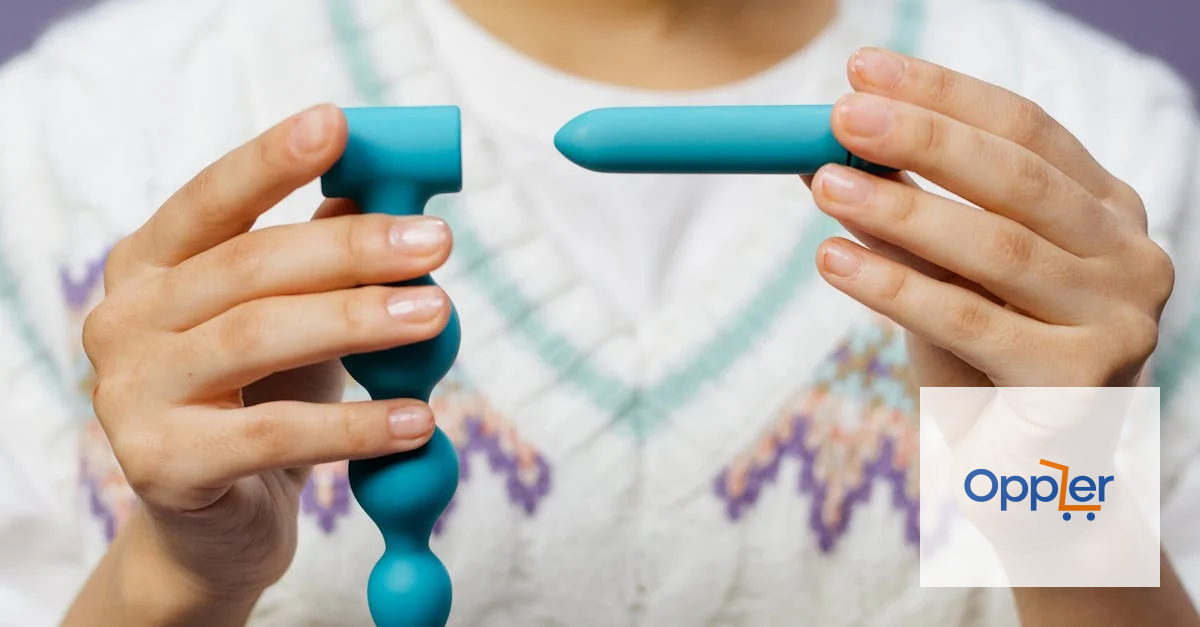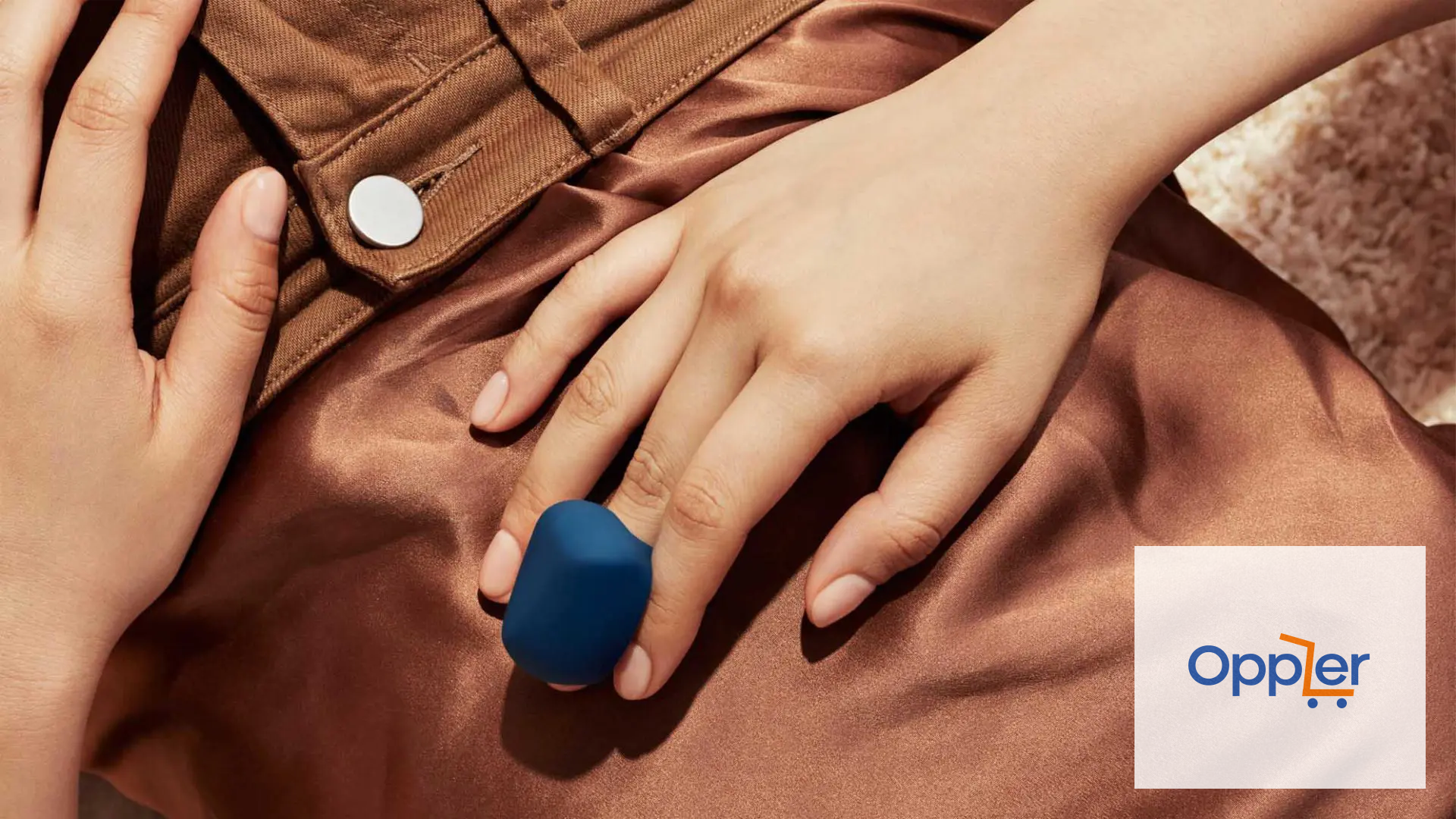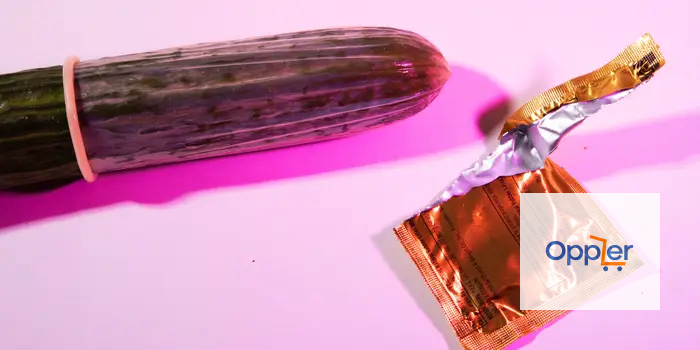Erotic vs. Therapeutic: How Sex Toys Can Aid in Sexual Dysfunction
Sexual dysfunction affects millions of people worldwide, impacting relationships, self-esteem, and overall well-being. While many associate sex toys primarily with pleasure, their therapeutic benefits are often overlooked. From enhancing arousal to improving blood flow, sex toys can play a crucial role in addressing sexual dysfunction.
In this article, we’ll explore the differences between erotic and therapeutic uses of sex toys and how they can help with common sexual health issues.
Understanding Sexual Dysfunction

Sexual dysfunction refers to persistent difficulties during any phase of the sexual response cycle—desire, arousal, orgasm, or resolution. Common types include:
- Erectile Dysfunction (ED) – Difficulty achieving or maintaining an erection.
- Female Sexual Arousal Disorder (FSAD) – Lack of physical arousal despite desire.
- Anorgasmia – Inability to reach orgasm.
- Vaginismus – Involuntary muscle spasms that make penetration painful.
While medical treatments like pills and therapy exist, sex toys can serve as complementary aids.
Erotic vs. Therapeutic Use of Sex Toys
Erotic Use: Pleasure-Focused
Sex toys are often marketed for enhancing pleasure, experimentation, and spicing up intimacy. Products like vibrators, dildos, and bondage gear cater to erotic exploration.
Therapeutic Use: Health-Focused
When used therapeutically, sex toys can:
- Improve Blood Circulation – Devices like penis pumps (check options at Oppler.store) can help with ED by encouraging blood flow.
- Strengthen Pelvic Muscles – Kegel exercisers aid in bladder control and stronger orgasms.
- Reduce Pain During Intercourse – Dilators (available here) help with vaginismus by gradual stretching.
- Enhance Sensitivity – Vibrators can reawaken nerve responses in individuals with reduced sensation.
How Sex Toys Help with Specific Conditions

1. Erectile Dysfunction (ED)
Penis rings and electrostimulation devices can maintain erections by restricting blood flow or stimulating nerves. For a selection of ED aids, visit Oppler.store’s men’s health section.
2. Female Sexual Arousal Disorder (FSAD)
Clitoral suction toys like air-pressure vibrators increase blood flow to genital tissues, enhancing arousal. Studies suggest these can be as effective as medication for some women (source: Healthline).
3. Anorgasmia (Difficulty Reaching Orgasm)
High-powered vibrators, such as wand massagers, provide intense stimulation that can help individuals climax. The Oppler.store collection includes various options for different preferences.
4. Vaginismus & Painful Intercourse
Vaginal dilators help desensitize and relax muscles over time. Pairing them with lubricants (find them here) reduces discomfort.
Choosing the Right Toy for Therapeutic Use

When selecting a sex toy for therapeutic purposes, consider:
- Material Safety – Opt for body-safe silicone or medical-grade materials.
- Adjustable Intensity – Devices with multiple settings allow gradual progression.
- Ease of Cleaning – Non-porous materials prevent bacterial buildup.
For a curated list of therapeutic sex toys, explore Oppler.store’s wellness range.
The Psychological Benefits
Beyond physical improvements, sex toys can:
- Boost Confidence – Successfully overcoming dysfunction enhances self-esteem.
- Improve Intimacy – Couples can reconnect through shared exploration.
- Reduce Anxiety – Familiarity with one’s body decreases performance pressure.
Conclusion
Sex toys bridge the gap between erotic pleasure and therapeutic relief. Whether addressing ED, FSAD, or other dysfunctions, the right device can significantly improve sexual health. If you’re exploring options, visit Oppler.store for high-quality, body-safe solutions.
For further reading on sexual wellness, check out WebMD’s guide on sexual dysfunction.
By embracing both the erotic and therapeutic aspects of sex toys, individuals can reclaim their sexual well-being and enjoy a fulfilling intimate life.







